Five-Course Meal Around the World: A Culinary Adventure
Five-course meals across the globe reflect the unique culinary traditions and flavors of different cultures, creating memorable dining experiences. Each course brings a thoughtful combination of textures and flavors, enhancing the meal from appetizers to desserts.
Many meals are crafted to build on each other, creating a journey of flavors that tell a story of their origin. The balance between courses highlights the creativity and elegance of international cuisine.
These meal ideas showcase the artistry of presenting food in a structured yet enjoyable way. Here are a guide to five-course meal idea from around the world for your next dining adventure:
Getting Ready For The 5 Course Meal
Most of us are quite familiar with the structure of a three-course meal, but stepping up to a five-course meal introduces a slightly new approach.
Don’t worry, though, it’s not as daunting as it sounds. With a clear plan and a good sense of how to sequence the dishes, anyone can create a well-organized and impressive five-course dining experience.
Appetizers
Appetizers are the perfect way to set the stage for an unforgettable dining experience, enticing guests with tantalizing flavors that ignite their taste buds.
Small yet impactful, these starter dishes should be thoughtfully crafted to leave everyone eager for what’s next.
A delightful option is olive oil paired with creamy goat cheese; this combination creates a rich and savory beginning that balances simplicity with sophistication.
You can also experiment by adding herbs or spices to elevate your appetizer game even further.
Soup
Soup serves as a refined introduction in the context of a five-course meal, often taking center stage as the second course. Its versatility allows for creative choices that can either complement or contrast with subsequent dishes on your menu.
To maintain an inviting dining experience, it's wise to serve only half-filled bowls; this encourages guests to enjoy each course without overindulging too soon. When selecting your soup, consider the heftiness of your entrée: lighter soups are ideal if you're planning a substantial main dish, while richer options work well when serving something more delicate.
For instance, butternut squash offers warmth and comfort while being simple yet satisfying in flavor profiles.
Salad
Salad courses serve as a refreshing interlude in a five-course meal, providing guests with a moment to relax before the main event. These dishes often feature an array of textures and flavors that entice your appetite for what’s next on the menu.
Incorporating seasonal ingredients enhances their appeal while ensuring they align harmoniously with both previous and upcoming courses. A well-crafted salad can stimulate conversations around the table, making it not just food but also part of the dining experience itself.
It creates anticipation for what's coming without overshadowing other elements of your carefully planned meal.
The Entree
The entrée stands as the centerpiece of any meal, captivating attention and leaving a lasting impression on your guests. Featuring a substantial protein source: be it meat, fish, or a vegetarian option, this course anchors the dining experience while harmonizing with accompanying dishes.
Thoughtfully chosen vegetables add depth to flavors and enhance visual appeal. Planning this crucial part effectively ensures that all other courses complement its essence seamlessly.
Crafting an unforgettable main dish not only satisfies hunger but also sparks conversation long after the meal has concluded.
Dessert Course
The dessert course is a nice conclusion to any meal, balancing sweetness with the overall dining experience.
Tailoring your choice of dessert based on the richness of previous courses adds an element of sophistication to your dinner.
For instance, pairing a light and airy mousse after a hearty entrée ensures that you leave guests satisfied without overwhelming them.
Conversely, if you've enjoyed lighter fare for the main dish, opting for something indulgent like a rich chocolate torte can perfectly round off the evening’s flavors.
Wine
Wine plays a vital role in enhancing the dining experience during a five-course meal, offering an opportunity to complement flavors with thoughtful selections.
Each type of wine can elevate your dishes; white wines are typically best suited for lighter proteins like chicken and fish, while red wines harmonize beautifully with richer main courses featuring red meat or pork.
A delightful approach involves pairing different wines with each course to create a dynamic tasting journey throughout the meal.
After finalizing your menu, consider exploring online resources for ideal pairings or visit local vineyards where knowledgeable sommeliers can guide you toward exceptional choices tailored specifically to your culinary creations.

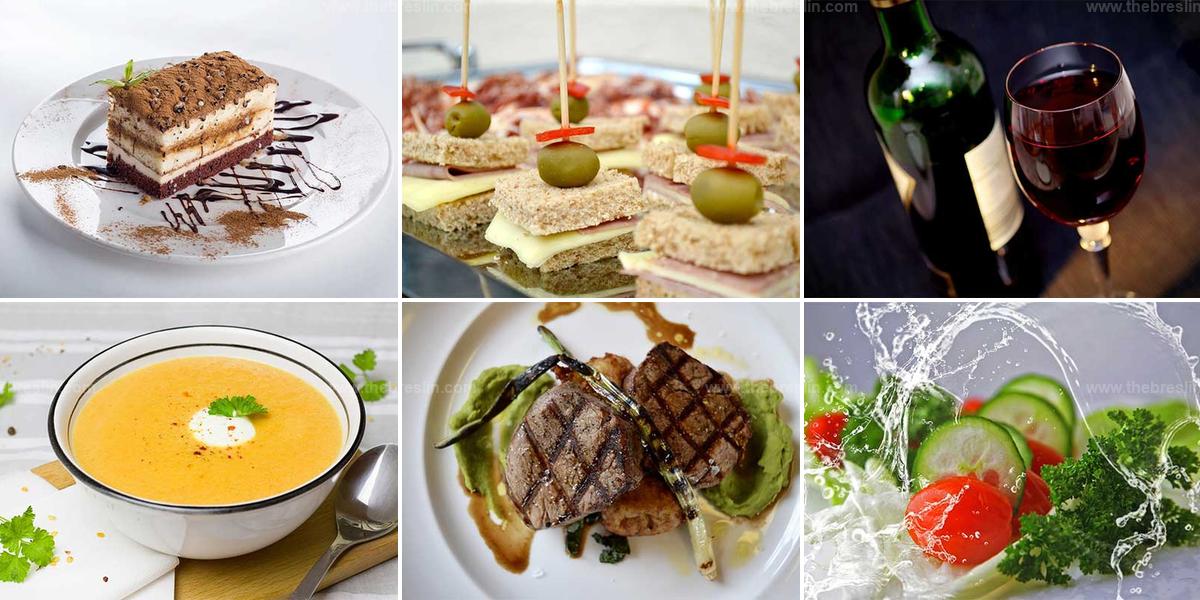
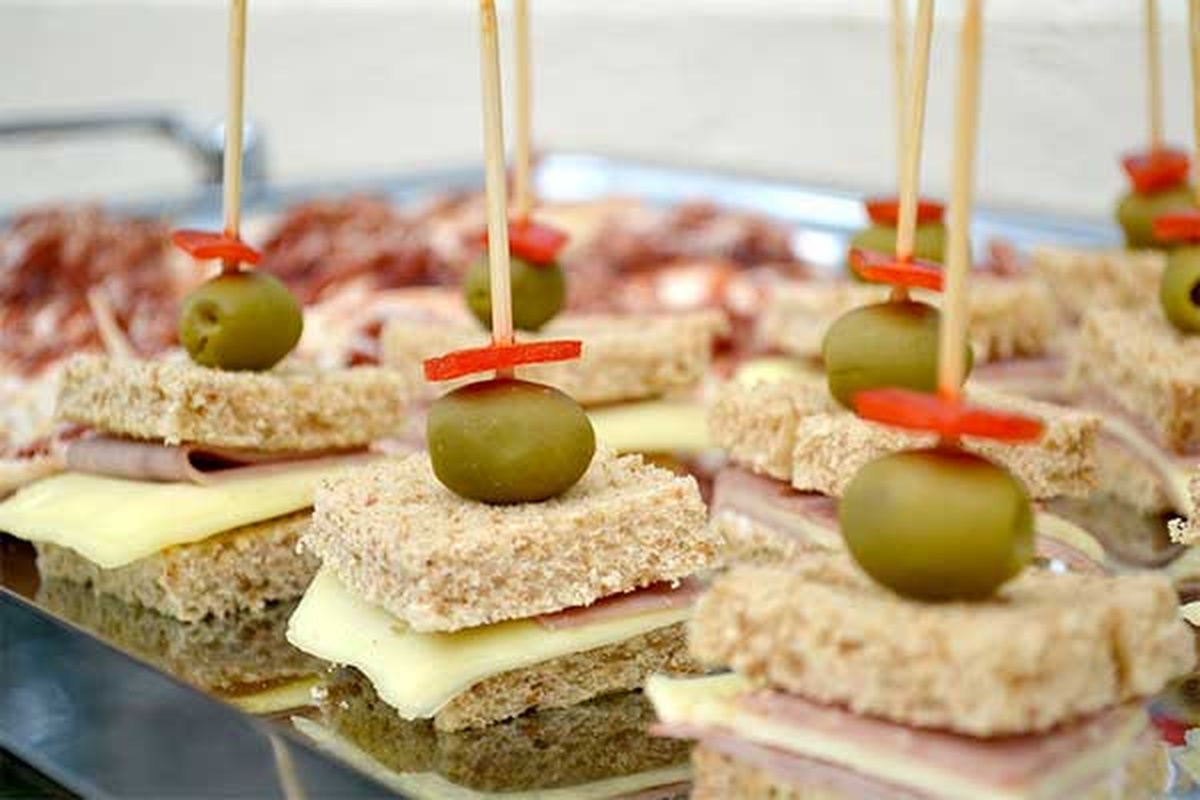
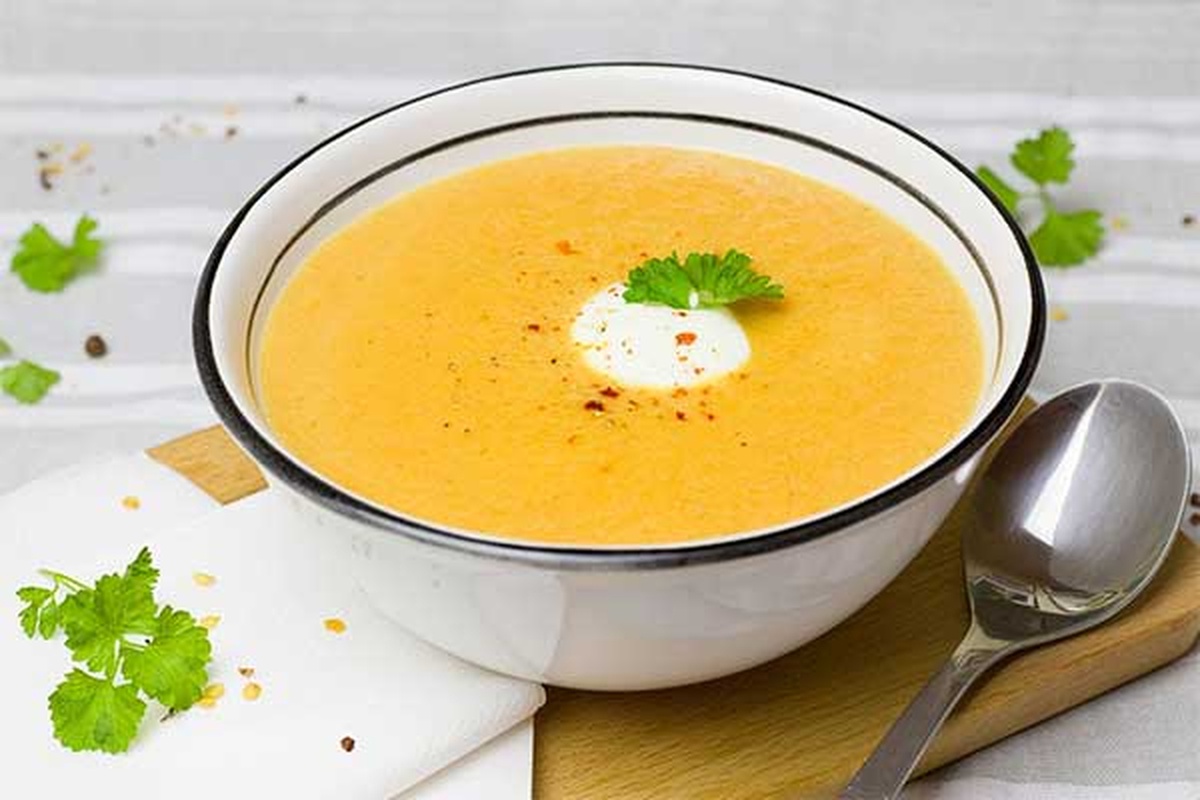
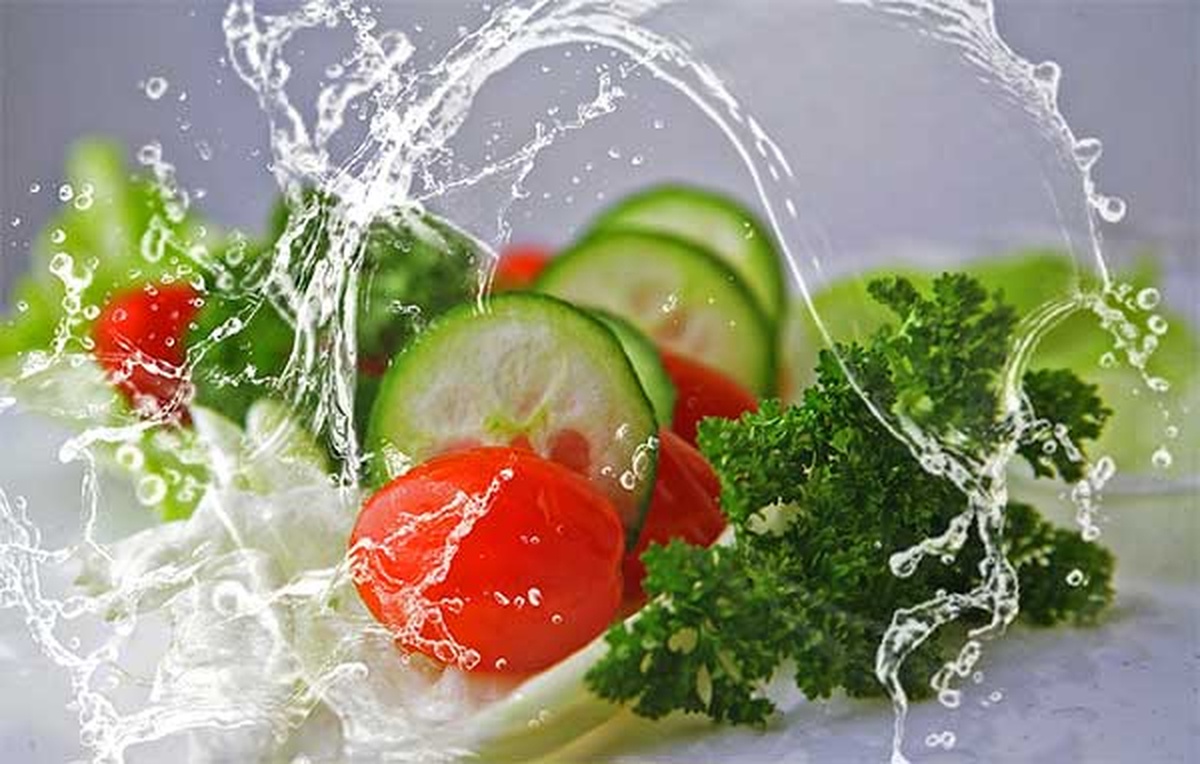
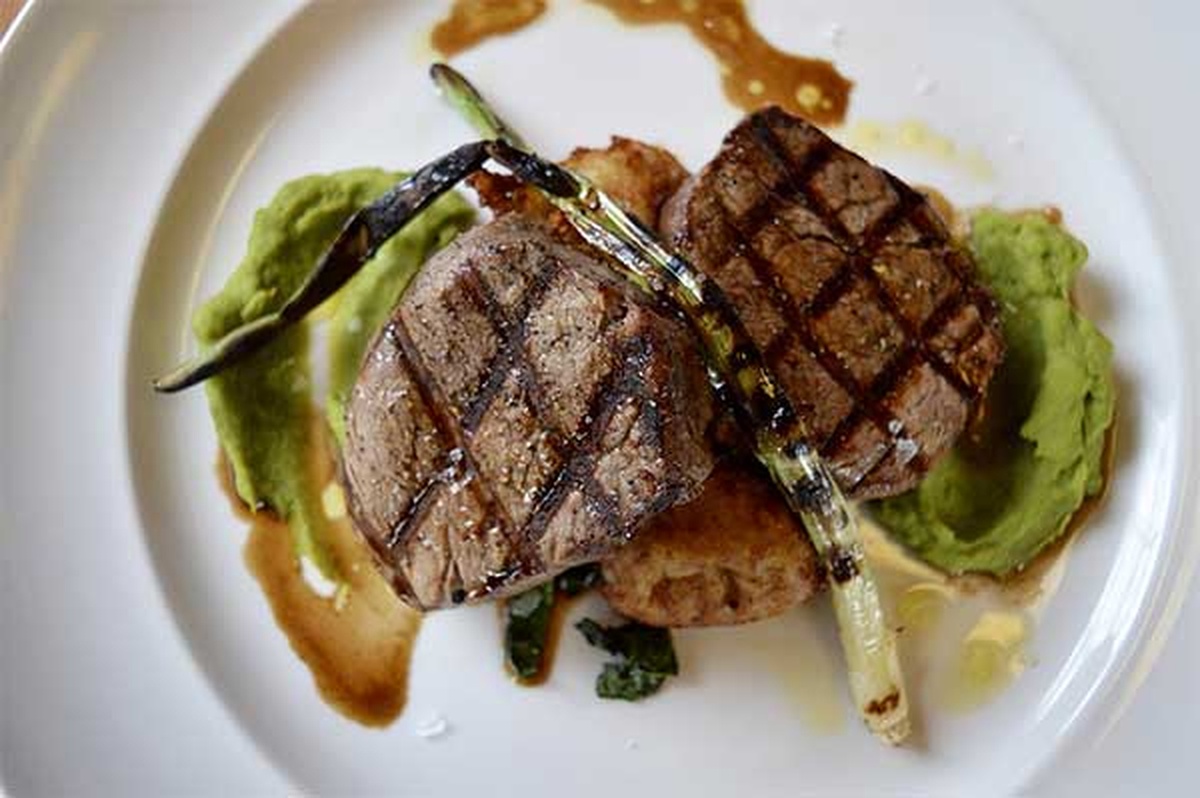
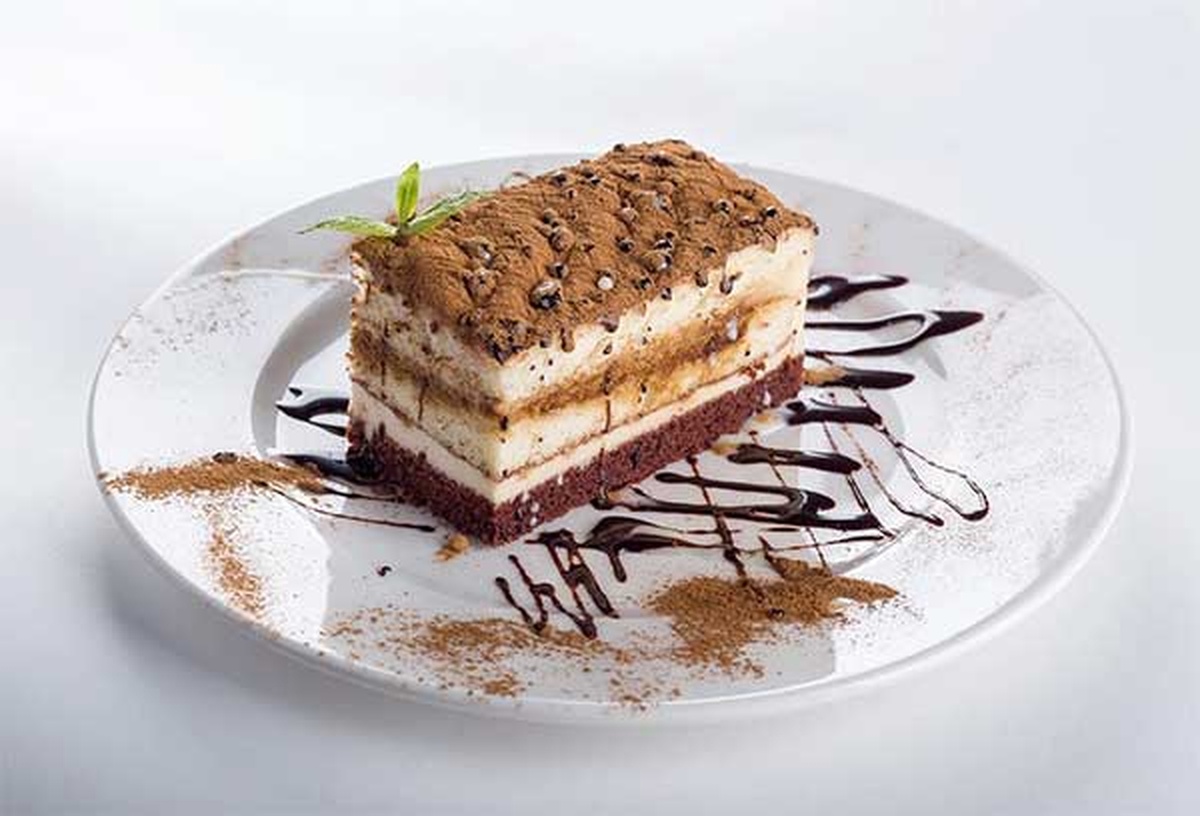

David Martinez
Travel and Food Writer
Expertise
Culinary Travel Writing, Food Photography, Cultural Food Exploration, Restaurant Reviews, Gastronomic Event Coverage
Education
The Culinary Institute of America (CIA), Greystone Campus, St. Helena, CA
Program: Associate Degree in Culinary Arts
Focus: Hands-on training in culinary techniques and kitchen management, blending traditional methods with contemporary food trends.
Le Cordon Bleu, Paris, France
Program: Grand Diplôme (Diploma in Cuisine and Pâtisserie)
Focus: Comprehensive culinary training in both classic French cuisine and pastry arts, emphasizing precision, creativity, and professional kitchen operations.
David Martinez is a travel and food writer who explores the world one dish at a time. With culinary training from The Culinary Institute of America and Le Cordon Bleu, David captures the heart of each place he visits through its food. His journeys, from vibrant markets in Asia to intimate bistros in Europe, inspire his storytelling.
At thebreslin.com, David shares recipes and stories that give readers a taste of global food culture. His approachable writing and passion for authentic flavors help readers feel connected to the world’s kitchens, one bite at a time.